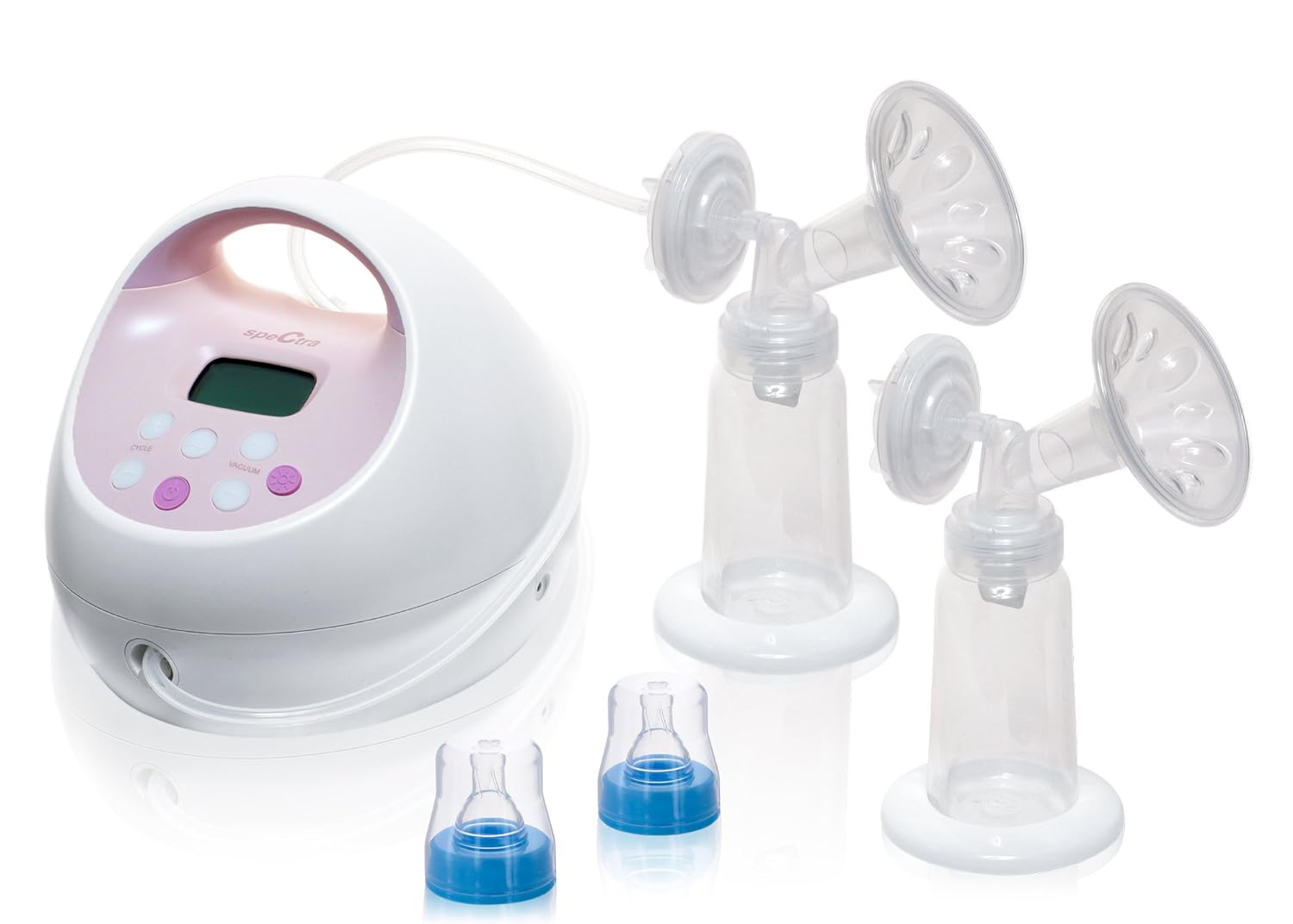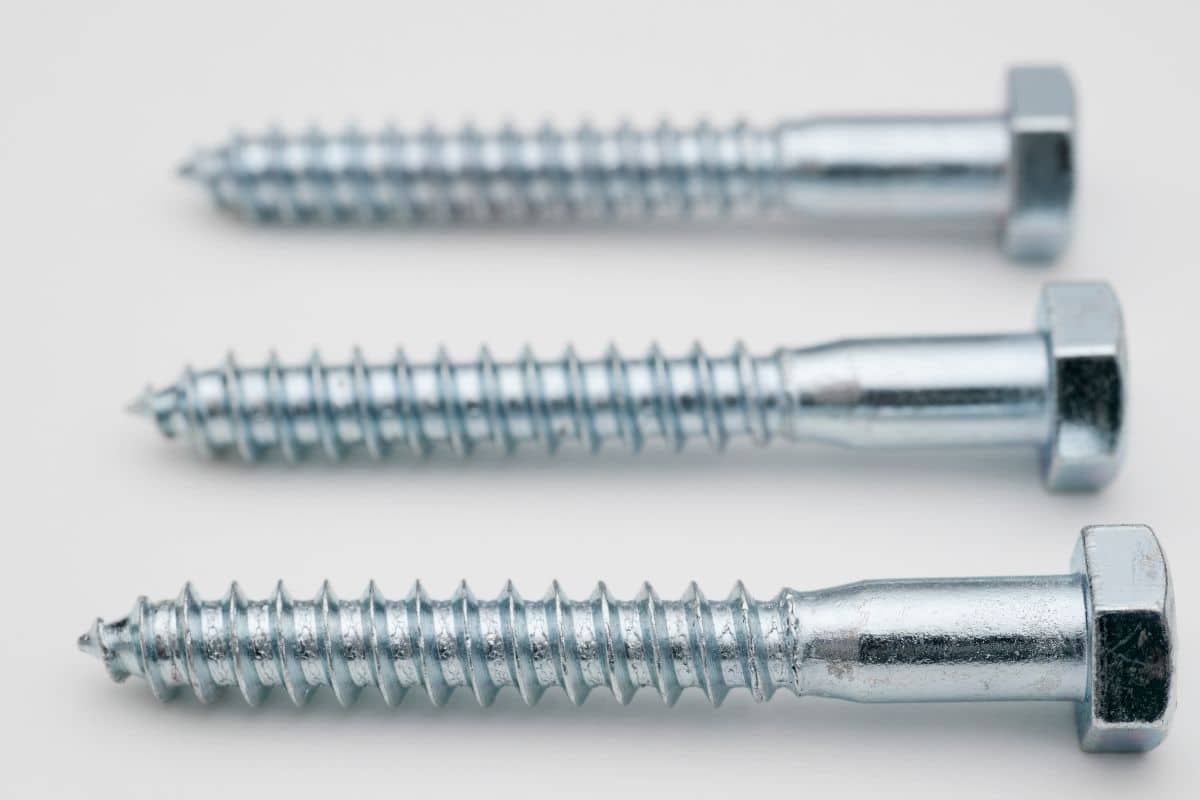A nipple guard is a breast covering that helps mothers nurse their infants. It is used temporarily until the infant learns to latch on the nipple and breast by themselves. Nipple shields can be purchased at retail stores and in some hospitals, through private insurance and Medicaid or the Special Supplemental Nutrition Program for Women, Infants, and Children (WIC). It is important to know that using a nipple shield can cause a mother to stop breastfeeding, so it should only be used under the guidance of a lactation professional.
A breastfeeding nipple shield is a piece of soft material that covers the nipples and areola during nursing. It is usually made from a breathable fabric like cotton or a soft plastic or silicone material. A nipple shield is designed to help breastfeeding mothers who have difficulty getting their baby to latch on or are having difficulty with painful nipple pain. It is also helpful for mothers who have nipples that are flat or inverted, and it can help with nursing premature babies.
The nipple shield acts as a sort of nipple extender, and it can provide more suction than the actual nipple. This allows the baby to suck the milk through the nipple shield, which in turn creates a better latch and lessens nipple pain. It may also be useful for a nipple that is damaged or overly full and overstretched from pregnancy. A nipple shield is also often recommended for mothers who are trying to get their premature infants to latch and nurse, as it can help them feed and gain weight.
Health professionals have long been aware that nipple shields can blunt nipple stimulation and decrease maternal hormonal responses to breastfeeding, but this concern has declined since the introduction of thin latex and silicone shields in the last 3 decades (2, 14). In addition, the nipple shields are not seen when nursing so they can be used discreetly by mothers who do not want their babies to notice them at feeding time.
Nipple shields are often recommended for mothers with serious latching problems, but they should only be used temporary and under the guidance of a lactation consultant. They can be especially helpful for mothers with a tongue tie or other mouth or tongue problem that affects breastfeeding, as well as mothers who have flat or inverted nipples.
It is also possible for a nipple shield to be used to help an older toddler who has difficulty nursing because of a painful nipple or nipple injury, or when a mother wants to breastfeed her twins but does not have enough nipples to keep them both fed. However, a nipple shield should not be used for babies who are not able to suck effectively on the nipple because of other issues like low milk production or a damaged nipple.
When you are ready to wean your child from a nipple shield, do it gradually. It may be best to do it during times of the day when the baby is most comfortable and relaxed, and when there are few distractions around. Also, it is important to try offering your baby some skin-to-skin contact without a nipple shield each day so that they are more prepared for breastfeeding on their own.



